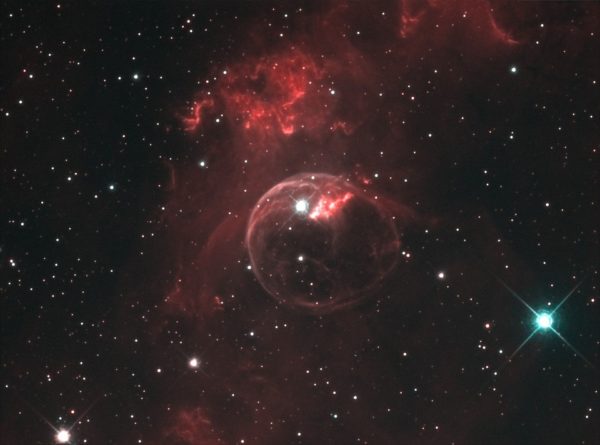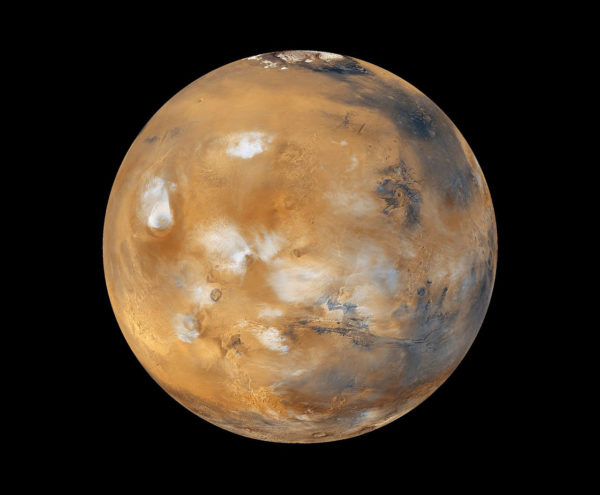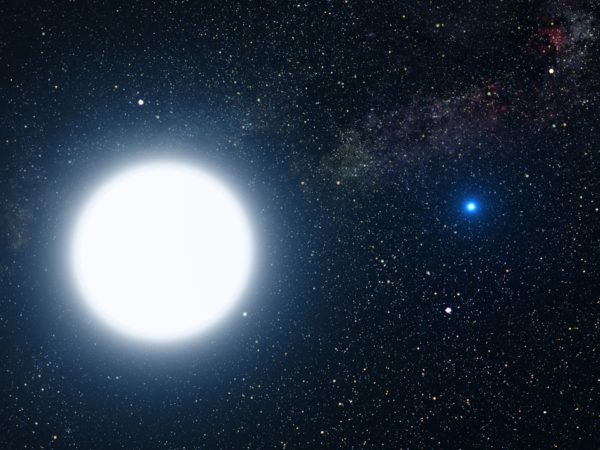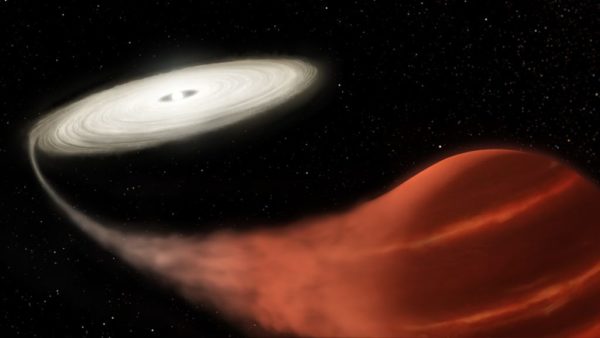SPACE: When Betelgeuse Goes Supernova…
The red supergiant star Betelgeuse is nearing the end of its life, and researchers are preparing for what it will look like when the star dies in a fiery explosion called a supernova. Located in the constellation Orion, the star is about 1,000 times the size of the sun. Betelgeuse’s brightness has been dipping to the lowest point in the past 100 years, and some scientists have suggested that the star is getting close to running out of fuel and going supernova. In a new study, researchers at the University of California, Santa Barbara have modeled the stellar explosions that … Read more












